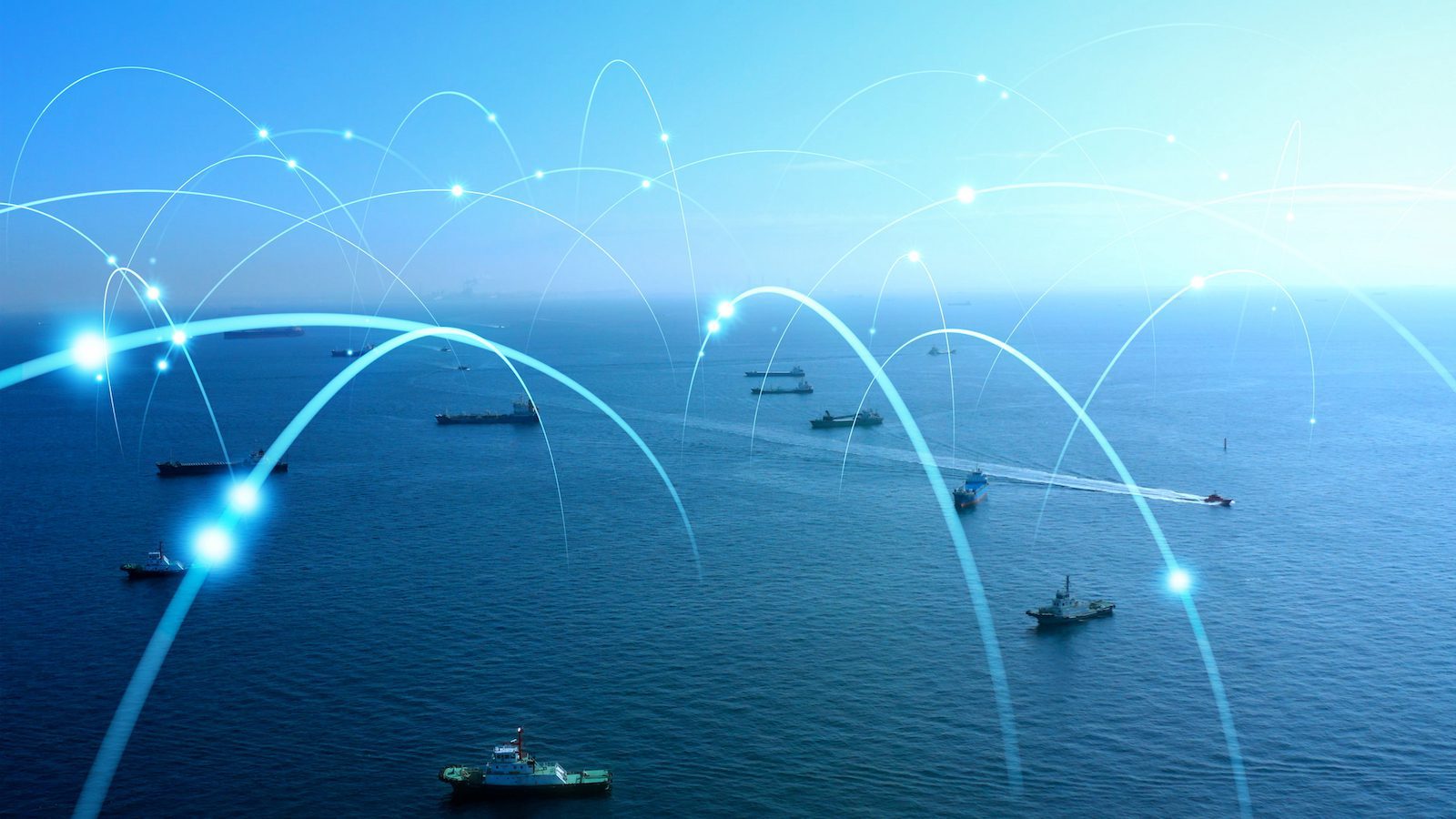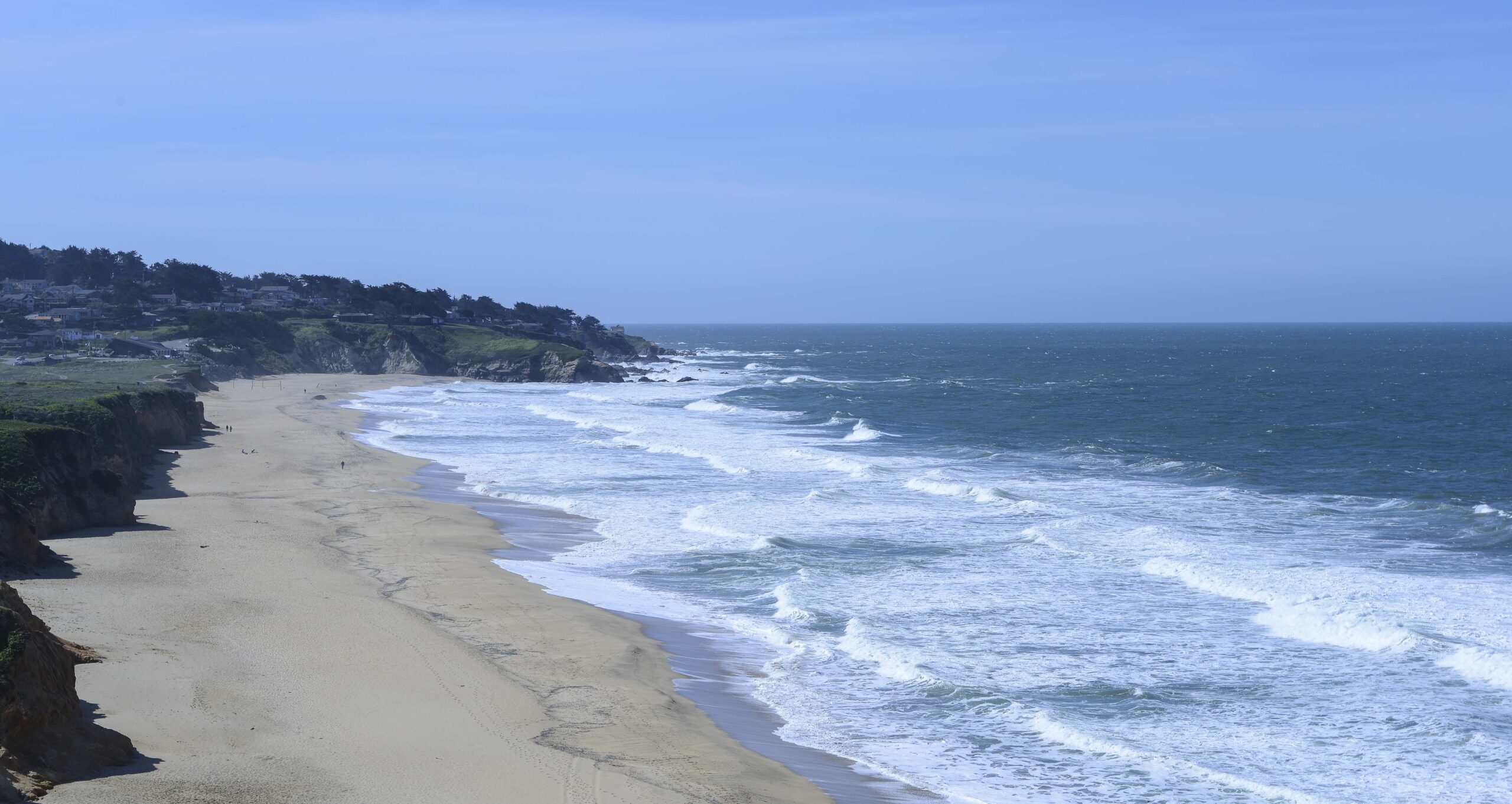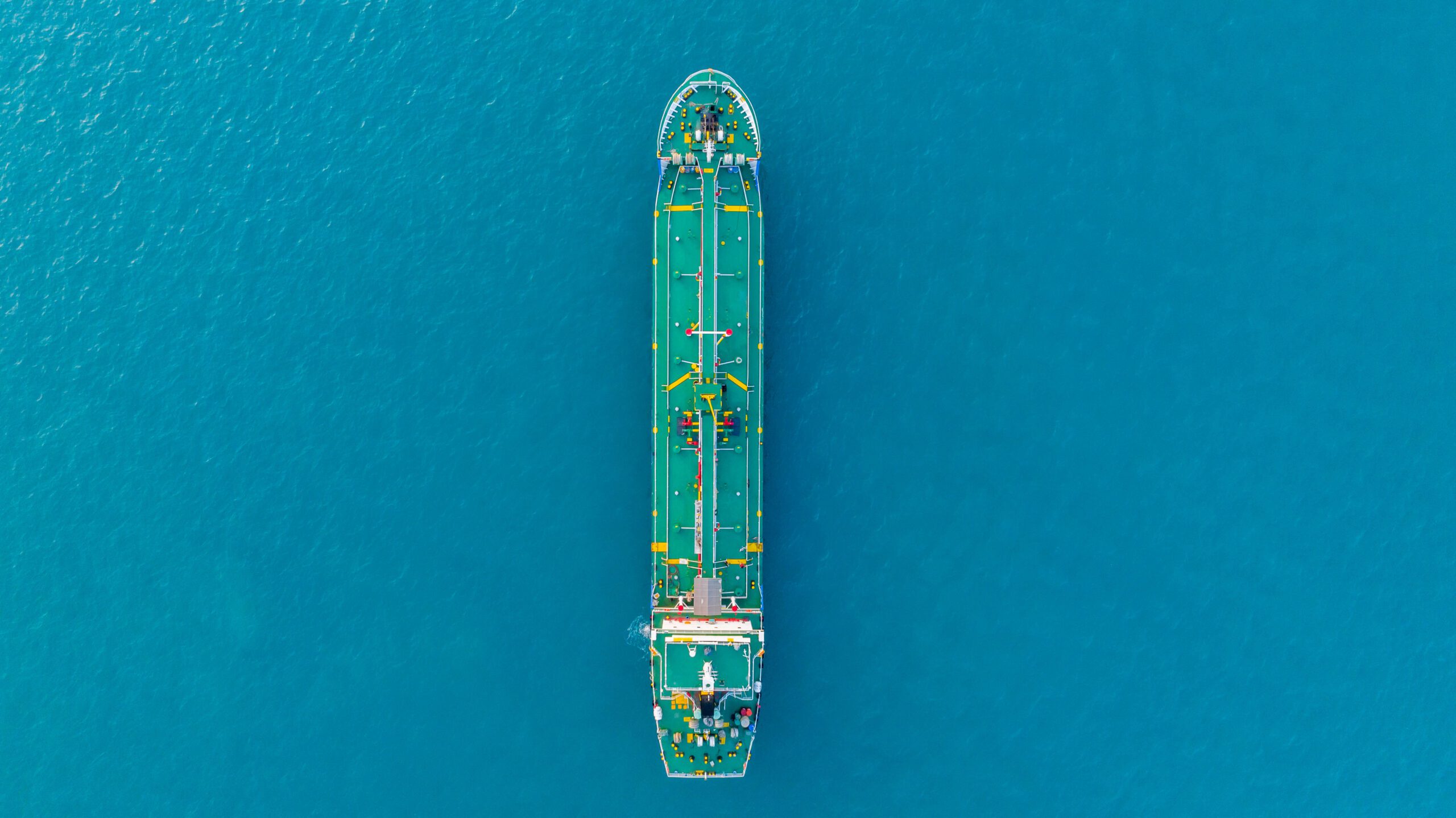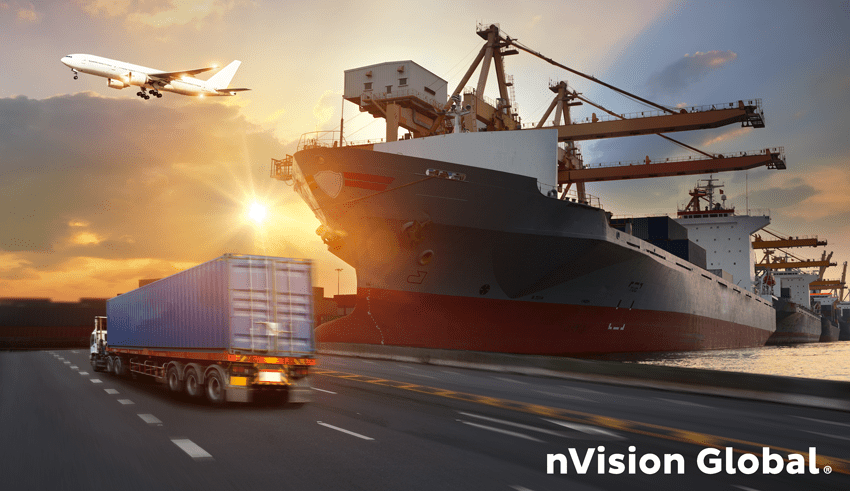Oceans play a critical role in the global economy and our biodiversity.
The worldwide maritime economy is worth $1.5 trillion, with projections this will double over the next decade. Ships transport more than 90% of the world’s goods, billions of people depend upon products from our seas and most of the world’s communications rely on undersea cables.
Our oceans are crucial for life on our planet, supplying 75% of the oxygen we breathe.
Our oceans are at risk – and Artificial Intelligence can help to save them.
Seas and marine life comprise a fragile ecosystem which are facing numerous climate and pollution challenges. How do we therefore develop a sustainable ocean economy by reducing the impact on the environment – whilst also seizing the commercial opportunities?
The solution: by harnessing data using artificial intelligence (AI) algorithms. The potential is huge: during the last 5 years digital tools have been developed to collect, analyze and interpret data. Our industry is going digital.
AI technology is creating waves within the maritime industry.
It is fair to say that the use of AI technology in the maritime industries is a recent phenomenon, emerging only within the last 2-5 years.
But now, the situation is changing – and fast. Sinay, a French tech start-up composed of a young and dynamic international team is at the forefront of this significant breakthrough, developing data-driven modules to solve real problems within the maritime sector.
Algorithms are instructions which tell us what needs to be done – and how to do it. They can interpret historical data and apply this data to determine patterns.
Yanis Souami, CEO and founder of Sinay, is at the forefront of this mission: to protect our marine mammals, care for the planet’s biodiversity – and help businesses operating in the industry become sustainable. Yanis believes all of this can be achieved using Big data combined with Sinay’s innovative new digital tools. Yanis said,
“Over the past 2-3 years Sinay has created the largest maritime database in the world using our expert knowledge of the sea and technology. We know the strength of the currents or the temperature of the water, the movement of ships and the crossing of other more confidential databases, all collected by a network of 35,000 buoys.
“Utilizing AI algorithms based on advanced machine learning, we can supply real-time and other predictive data to ports and shipping companies. This means that they can make informed choices, improve their business efficiency (for example to define the right speed and find the best route for shipping vessels), as well as protect our marine life and oceans.”
What is the Sinay maritime solution?
The Sinay Hub solution, providing end-to-end maritime based operational tools, is the product of some 10,000 days spent at sea by team members combined with the work of the company’s 20-strong highly qualified engineers.
The gathering of relevant, reliable and high-quality data is Sinay’s number one priority.
Using a cloud-based infrastructure, Sinay applies Big data and AI algorithms to create software tools, all brought together in a single place to leverage the data and deliver actionable insights and indicators.
There are three different types of data.
Sinay has a deep and specialist knowledge of the world’s eco system, enabling it to interpret correctly open-source data from the internet.
Sinay purchases AIS data, real-time data for example to identify the positioning of shipping vessels.
The maritime industry gathers a large volume of data from IOT or sensors or buoys, e.g. to record the swell, current and the ship’s speed. Sinay can store the data in a private and secured space dedicated to the client. Sinay can cross-correlate it with the two other sources to perfect the AI and create a tailored indicator for this client.
However, it is not only about the technology – it is about people too, each of whom are experts in their field.
The system is entirely flexible and can be accessed in different ways: –
- User: via an interface browser (PC or phone app) through the Sinay hub.
- API: there are two options: Companies can connect through an API or connect through an API and integrate in their own IT system.
- Clients: can use as either a standalone product or integrated into their own IT infrastructure.
Port construction project : assessing its environmental impact in real-time.
Sinay’s data systems are already making an impact.
The company has been working with one of France’s most important commercial ports, located on the Mediterranean coast.
The port undertook a major construction project to expand berthing capacity to accommodate large ocean-going vessels from new markets such as Asia and South America. The management needed effective and reliable systems, in real-time, to assess the environmental impact of the works including air, water quality and the acoustic impact.
To meet these requirements Sinay created three specific dashboards – one for each area. These monitor the environmental parameters in real-time by connecting the sensors and stations directly to the Sinay platform and livestream the data.
The system enables the port to have an immediate and quick overview of the sensors connectivity and associated indicators with a simple color code. An alerting system automatically sends notifications by phone or email when a threshold is reached. Weekly reports are stored routinely, or they can create manual reports as required.
The result? The environmental impacts are monitored efficiently with the results communicated to stakeholders and the local population.
Shipping managers and ports can accurately estimate arrival times for vessels.
By using Sinay’s Estimated Time of Arrival (ETA) module, employing historical data from AIS equipment, ports and shipping managers can predict vessel routes and calculate accurate times of arrival. This helps to avoid congestion, reduce fuel consumption and CO2 levels – improving sustainability whilst minimising costs.
The ETA is a standalone tool, or it can be used with the other Sinay modules.
Sustainability offers key competitive advantage to businesses.
Over the next 12-18 months we will see significant breakthroughs in the use of AI algorithms within the maritime industry; especially in ports and shipping, but also renewables, fisheries, marine protection areas and installers of underwater cables. Sinay is currently mapping the Mediterranean Seabed, with plans to expand into other waters.
The opportunities from using this data are significant, helping businesses to manage risk using real-time data and to make educated choices, such as being proactive to avoid pollution and comply with environmental regulations.
Now is the ideal time to become an early adopter of this exciting and innovative technology by harnessing impactful data to benefit your business.
About Sinay
Sinay provides innovative digital tools for the maritime industry.
The company is based in Caen, France.
Contact: [email protected] or phone +33 (0)2 50 01 15 50.
Tags:
Sign up for our newsletter

 Join The Club
Join The Club













